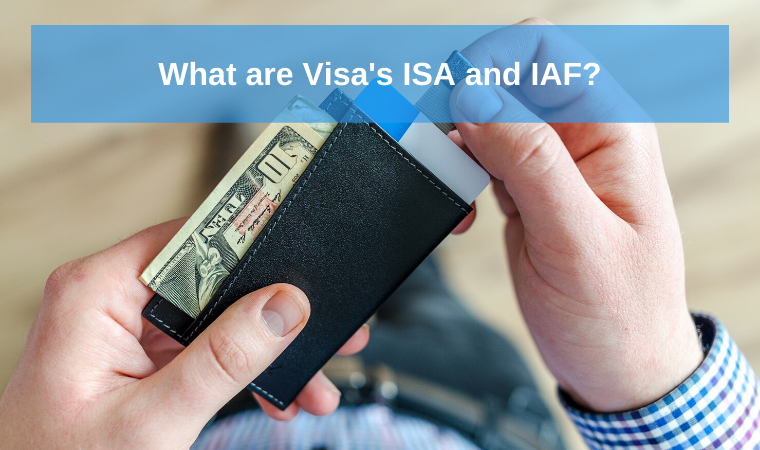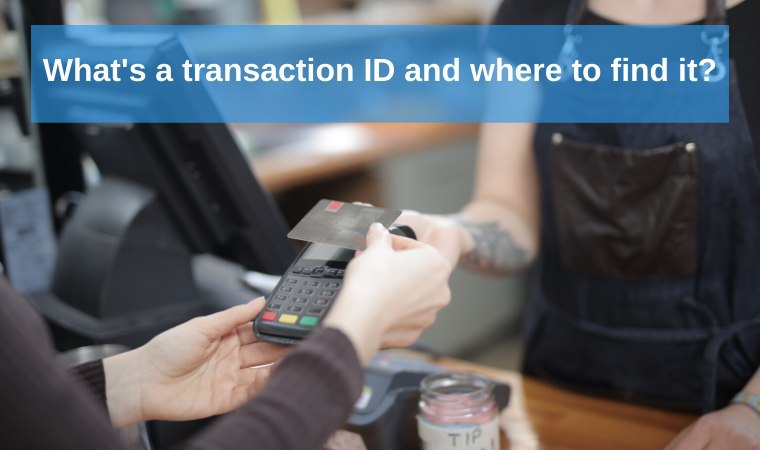Near-Field Communication (NFC) Technology
What is Near-Field Communication?
Near-field communication is a set of short-range wireless communication protocols. In other words, it lets establish a connection between devices. NFC technology helps in making payments, sharing contacts, media files, etc. In the payment industry, for instance, the NFC technology enables contactless communication (up to 4 cm) between payment devices and cards/smartphones, etc.
To transmit data, the technology uses electromagnetic radio fields. They are in charge of devices’ communication. To enable data exchange or make transactions, the participating devices need to have NFC chips. So, NFC uses inductive coupling between two antennas present devices.
There are three near-field communication modes available on every device that supports the technology:
- Cards emulation. This feature enables using NFC devices as payment cards or for ticketing.
- Reader or writer. Lets NFC-enabled devices read NFC tags on smart posters.
- Peer-to-peer. Stands for information sharing between devices that support NFC.
NFC standards come from the field of data exchange formats and communications protocols. The standards are based on radio-frequency identification.
Near-field communication involves an initiator and a target. The initiator generates radio frequency and powers the target. Both initiator and target device communicate via generating their own fields. That rules work for active communication. In the case of passive communication, the initiator device will offer a carrier field.
There are two coding types, NFC uses to transfer data.


